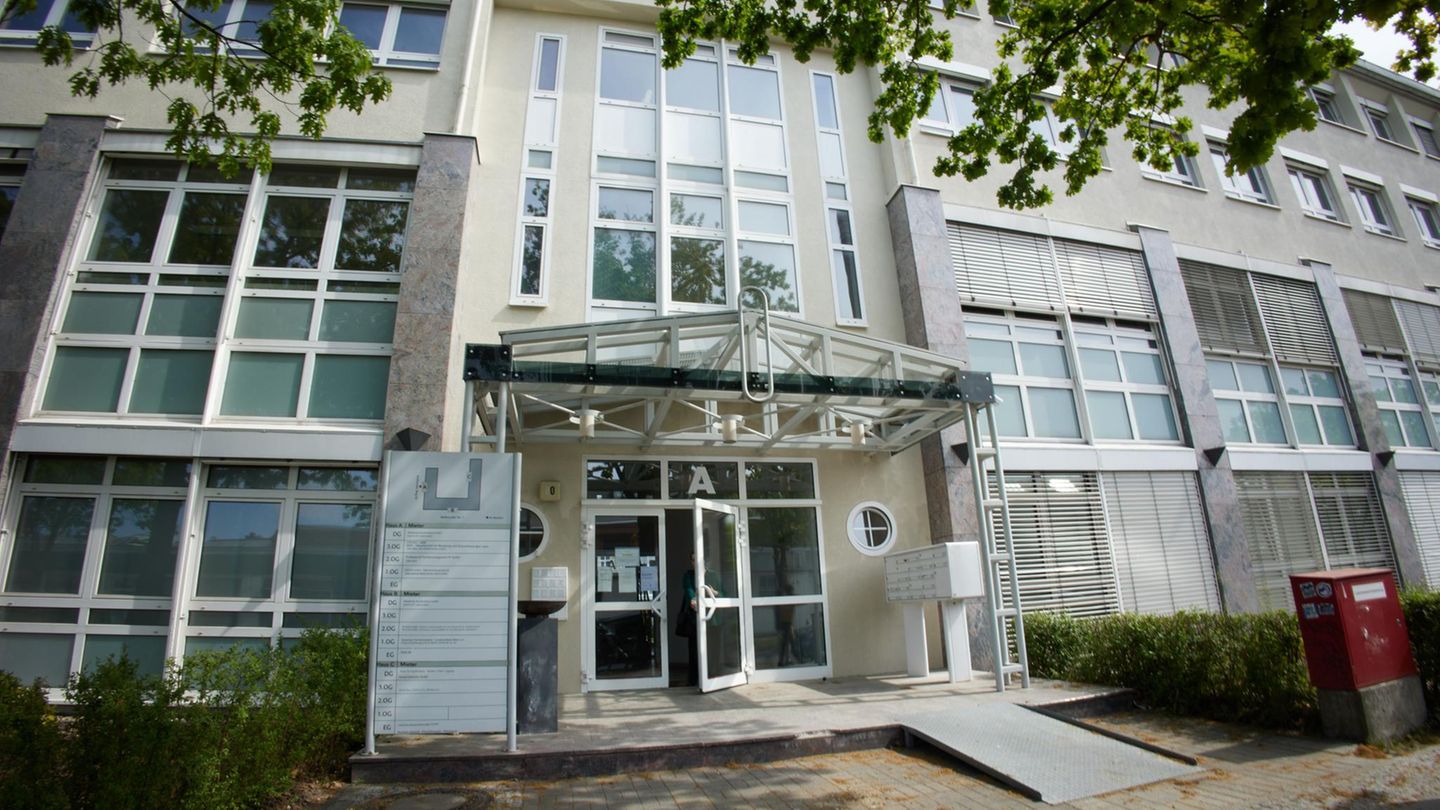Summit in Helsinki
NATO launches anti-sabotage operation in the Baltic Sea
Copy the current link
After suspected cases of sabotage, several NATO states want to show their colors more in the Baltic Sea. Their main concern is the Russian shadow fleet. Germany is also there.
Germany is contributing extensive Bundeswehr capabilities to a new NATO mission to better monitor cables and pipelines in the Baltic Sea. This was announced by Chancellor Olaf Scholz after a Baltic Sea summit in the Finnish capital Helsinki. “We will participate with all the naval capabilities we have. That will change as far as the specific operational options are concerned,” he said.
NATO Secretary General Mark Rutte had recently announced at a press conference that the Western defense alliance was launching the “Baltic Sentry” operation. NATO allies have already increased their patrols near critical infrastructure in the past two years. The deployment will now include more ships, patrol flights, submarines, satellites and surveillance drones.
Like Scholz, Rutte did not want to give exact figures. They could differ from week to week, and we don’t want to make “the enemy” smarter than he is, he explained. “What matters is that we use the right military means at the right time in the right place to deter future destabilizing acts,” said the Dutchman.
Response to suspected sabotage
With “Baltic Sentry”, the NATO countries bordering the Baltic Sea are responding to a series of suspected acts of sabotage, in which data cables and power lines laid on the seabed were damaged several times. The damage is said to have been caused intentionally by ship anchors. In the most recent of these incidents at Christmas, the oil tanker “Eagle S” is suspected of having cut the Estlink 2 power line between Finland and Estonia as well as four communication cables.
The Finnish criminal police arrested the ship. Investigators suspect that it dragged its anchor over a length of around 100 kilometers across the seabed in order to deliberately cause damage. Travel bans were imposed on several crew members. The investigation is ongoing.
According to the EU, the “Eagle S”, which sails under the flag of the Cook Islands, belongs to the so-called Russian shadow fleet. This refers to tankers and other cargo ships with opaque ownership structures that Russia uses to circumvent sanctions following its invasion of Ukraine, for example when transporting oil.
The EU has now imposed sanctions on 79 of these ships. However, the actual size of the fleet is likely to be much larger – Lithuania’s President Gitanas Nauseda spoke at the summit of 600 to 1,000 ships that were estimated to be sailing the seas.
Signal to participating shipping companies – protection against hybrid attacks
The alliance operation is coordinated by a special staff in the Bundeswehr’s naval command in Rostock and is intended to deter saboteurs or at least make it possible to quickly investigate sabotage operations. It is also intended to send a deterrent signal to shipping companies that transport oil for Russia in violation of Western sanctions.
In addition to Russia, China, North Korea and Iran in particular are accused of wanting to weaken states in Europe with so-called hybrid attacks. This umbrella term encompasses actions that state or non-state actors use to harm other countries without waging open war. As a rule, they are difficult or impossible to assign to a specific author.
The critical infrastructure in the Baltic Sea should now be better protected against such actions. In addition to Germany, the new NATO members Finland and Sweden, among others, are providing ships for the “Baltic Sentry”. In addition, a fleet of drones and artificial intelligence systems will be used for surveillance.
Soldiers from countries such as Denmark, Latvia, Lithuania, the Netherlands, Norway and Poland are also involved in the naval staff in Rostock. In peacetime, the Bundeswehr staff can have up to 180 posts; in the event of a crisis or conflict, there can be up to 240 posts. Also involved in the operation is the new Maritime Center for the security of critical underwater infrastructure, which is docked at NATO’s naval headquarters in Northwood near London.
Dangers for infrastructure and the environment
The summit participants in Helsinki left no doubt about how seriously they take the Russian shadow fleet. “Russia’s use of the so-called shadow fleet poses a particular threat to maritime and ecological security in the Baltic Sea region and globally,” NATO allies Germany, Denmark, Estonia, Finland, Latvia, Lithuania, Poland and Sweden said in a joint statement . This practice also contributes significantly to the financing of Russia’s illegal war of aggression against Ukraine.
The ecological dangers caused by the use of outdated and dilapidated ships are also a concern for the environmental protection organization Greenpeace. In this context, she also refers to the maneuverable tanker “Eventin”, which wrecked in the Baltic Sea north of Rügen on Friday with almost 100,000 tons of oil on board and, according to the organization, is also part of the shadow fleet.
Estonia’s Prime Minister Kristen Michal – one of the two hosts of the Baltic Sea summit along with Finnish President Alexander Stubb – also warned that the ships of the shadow fleet represent a “ticking environmental bomb” in the seas. “We should use every opportunity that the law allows us to take action against them,” he said.
dpa
Source: Stern
I have been working in the news industry for over 6 years, first as a reporter and now as an editor. I have covered politics extensively, and my work has appeared in major newspapers and online news outlets around the world. In addition to my writing, I also contribute regularly to 24 Hours World.




